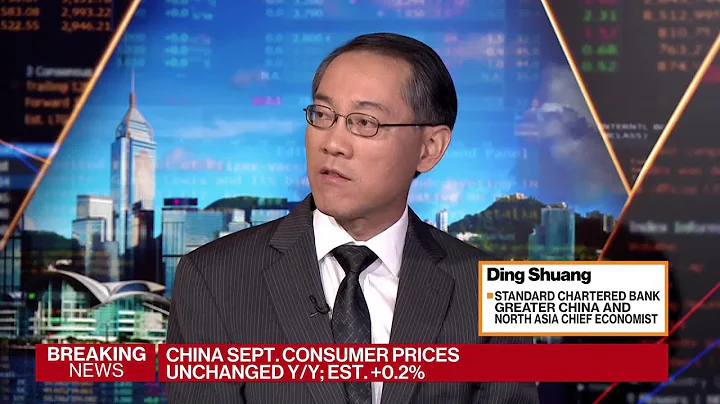Financial Associated Press (Shanghai, Editor Shi Zhengcheng) News, On Friday morning local time, the U.S. Department of Commerce released the latest consumption and inflation data, which as expected showed the pressure on consumers caused by tight supply chains.

(Source: BEA)
According to the announcement, personal consumption in the United States increased by US$93.4 billion in September 2020, and the month-on-month growth rate dropped to 0.6%; in contrast, personal income fell by 1% year-on-year, far exceeding market expectations of a drop of 0.3%. %, of which disposable income fell by US$236.9 billion (-1.3%); the PCE price index rose 4.4% year-on-year and 0.3% month-on-month, both in line with market expectations; the core PCE index excluding energy and food rose 3.6% year-on-year and remained at 1991 The highest since the beginning of this year, the month-on-month increase was 0.2%, the lowest since February.
For this report, the epidemic and supply chain congestion are still the reasons for pushing up inflation . The latest round of the epidemic in the United States has gradually declined after peaking in mid-September, but the resulting supply shortage continues to cause inflationary pressure, limiting people's ability to obtain goods and their willingness to purchase.
For U.S. policymakers, the persistently high inflation data also continues to put pressure on their "inflation temporary theory." Next week, the Federal Reserve will hold its penultimate FOMC meeting of the year. The market is generally expected that this resolution will clarify the fate of the US$120 billion monthly bond purchase plan. Previously, Powell has clearly given the intention to completely end the project by the middle of next year. expected.
Compared with the Federal Reserve, the White House , which is eager to promote large-scale infrastructure investment, is more anxious about inflation. U.S. Treasury Secretary Yellen continued to reassure the market in an exclusive interview last weekend, bluntly saying that Americans have not seen this level of inflation for a long time, but as the economy returns to normal, inflation will subside.
However, unlike policymakers who are relatively "calm", consumer companies that have released their third quarterly reports in the past two weeks almost unanimously expect that the price increases caused by the supply chain have not yet ended. For example, Unilever and Procter & Gamble all expect inflation. The pressure will continue into next year. 3M Chief Financial Officer Monish Patolawala said at this week's earnings call that he does not see the raw materials or inflationary environment slowing down in any way. The company is now satisfied with the price increases it has taken, but will continue to do so as long as the need arises. .
In addition to inflation, the U.S. Department of Commerce also stated that residents’ income data dropped significantly, mainly due to the withdrawal of government subsidy projects, but personal compensation increased by 0.8% month-on-month, marking the seventh consecutive month of increase. The increase in residents' expenditure was mainly concentrated in the service consumption field (USD 63.6 billion), with the largest growth in expenditures on medical care, food services and accommodation; in the field of commodity consumption, the increase of 29.9 billion US dollars was mainly non-durable consumer goods, concentrated in food, beverages, medicine and energy commodities. The decline in durable consumer goods was mainly affected by the decline in data on motor vehicles and parts.





















